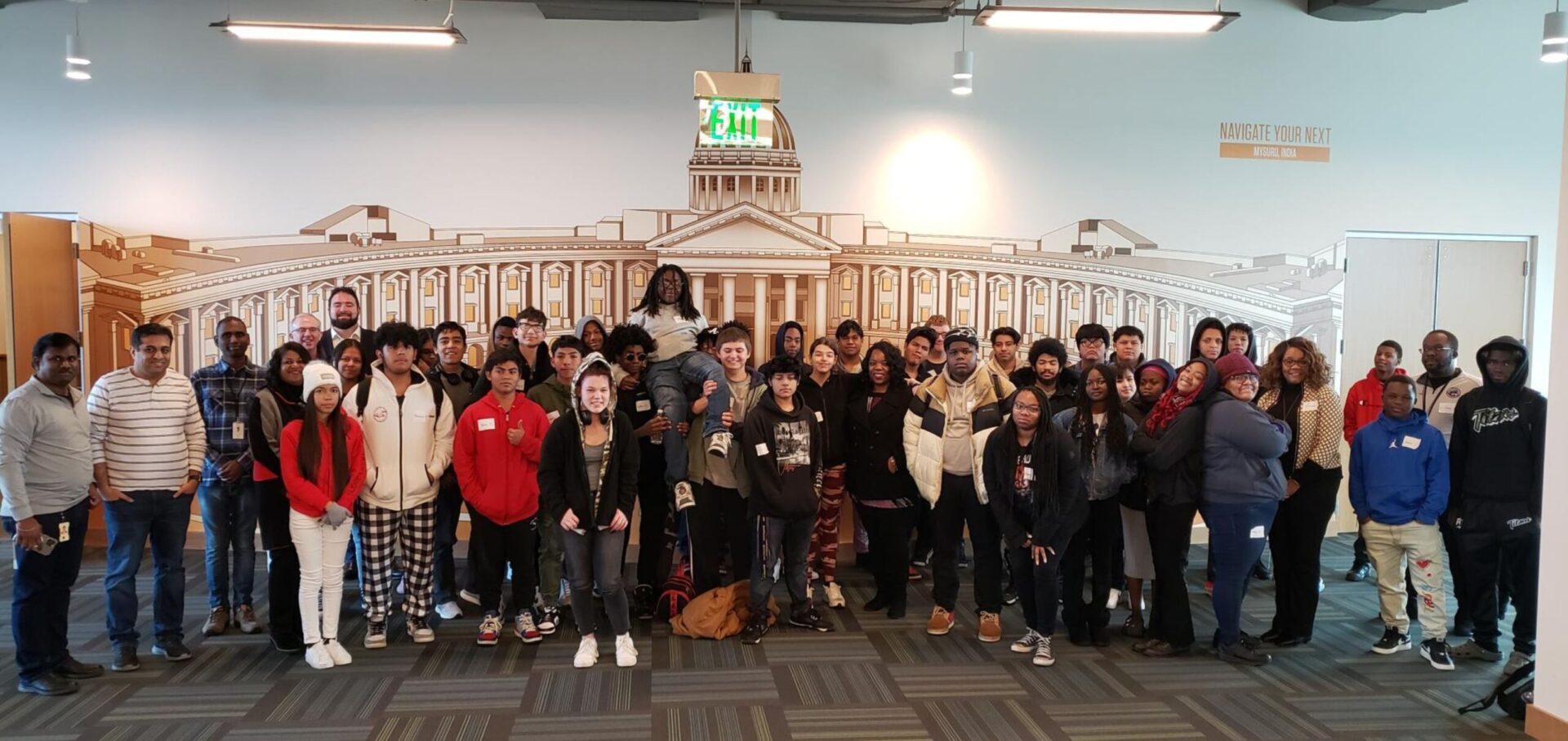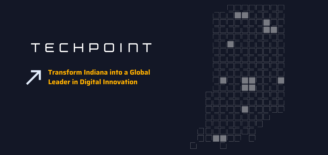Digital Fluency: It’s Not Just About Tech, It’s About the Future
The world is moving faster than ever. It seems like just yesterday I was excited about my first iPhone (it was an iPhone 3, by the way.) Now, we’re casually discussing artificial intelligence (AI) over coffee.
But here’s the thing – it’s not about the tech itself, it’s about what you can do with the tech. It’s about how we adapt, learn and ultimately use these tools to shape our lives and careers.
Most of us are familiar with the term “digital literacy.” That’s the basic stuff – knowing how to use a computer, use a spreadsheet or how to send an email. It’s essential, sure, but it’s the bare minimum these days. It’s expected that new college graduates have this knowledge.
Digital fluency is the next step. It’s not just about using the technology, it’s about understanding how it works, spotting patterns, making connections and applying it to solve problems or create something new. Digital fluency requires a deeper logic of software and platforms and the ability to troubleshoot issues and adapt to new digital environments.
The journey from literacy to fluency involves a significant amount of time, practice and immersion. It’s not just about learning the tools or the rules but about applying them in varied and complex situations until they become second nature.
Universities are on the frontline of innovation, and digital fluency is a key factor. Higher education leaders are seeing that digitally fluent students have an advantage when it comes to job opportunities when they graduate. These students are more likely to adapt quickly to learning new tools and processes, they collaborate effectively with peers in a virtual setting; they are digital natives.
The notion of students as “digital natives” can be misleading though. While students may be comfortable with devices, true fluency lies in responsible, ethical use – particularly with cutting-edge AI. There is a pressing need to educate young minds on responsible, effective and efficient use of these tools with an emphasis on empowering students to analyze and apply them thoughtfully, maximizing the benefits while understanding potential risks. It’s about cultivating a deeper competency in leveraging technology as a force for good.
Let’s take a quick look at some examples: The Data Mine at Purdue University is a living-learning environment where students are involved in real-world projects with corporate partners, giving them hands-on experience using digital tools, working with large datasets, and solving problems in a collaborative, digitally focused environment.
The program doesn’t just teach technical skills; it also involves the ability to analyze, interpret, and make informed decisions based on data, fostering critical evaluation skills vital for the digital age. It develops a mindset, adaptability and analytical skills essential for navigating and thriving in an increasingly digital world.
The folks at the Massachusetts Institute of Technology (MIT) are world leaders in tech, so it’s no surprise they’re thinking deeply about digital fluency. They have initiatives about everything from the intersection of AI and ethics, to using Virtual Reality to reimagine education. A few of these include MIT Libraries offering workshops and resources on data management, digital and research tools and MIT OpenCourseWare, providing access to MIT courses, including many with a focus on digital skills.
The push for digital fluency isn’t limited to big-name universities. Recognizing the importance of preparing graduates for the digital workforce, smaller institutions are leading in big ways.
A great example is Franklin College and its “Digital Fluency Initiative,” which is integrating technology across disciplines, encouraging students to think critically about how these tools can enhance their chosen fields. Whether it’s a history major using data visualization tools to analyze historical trends, or a biology student leveraging 3D printing to create complex models, Franklin College is fostering a generation of graduates who are not just tech-savvy, but strategically tech-adept.
This kind of forward-thinking approach is exactly what’s needed to bridge the digital fluency gap and ensure a future workforce that’s ready to thrive and lead in a constantly evolving digital landscape.
These examples show that higher education leaders are realizing it’s no longer about optional tech skills, it’s about preparing students for a world where digital fluency is expected. Not everyone needs to be a coder to be digitally fluent. But, understanding the basics of coding offers a deeper grasp of how technology operates.
Franklin College Director of Digital Fluency Andrew Rosner, explains it like this: “It’s like knowing a little bit about how your car engine works – even if you’ll never be a mechanic, that knowledge will help you make smarter decisions.”
The next time you’re in hiring mode, consider candidates who have digitally fluent mindsets. Here are a few hallmarks to look for:
- Curiosity: candidates who are clearly excited by new possibilities
- Critical thinkers: those who don’t just accept what the screen says, but ask where that information came from and what biases it might contain
- Creatives: candidates who can discern what tools to use and when
- Learners: people who understand the need to keep learning throughout their career will be increasingly valuable in this digital age.
The digital world won’t wait for us to catch up. In this era of constant innovation, digital fluency is the key to unlocking opportunity and shaping the future. Universities are paving the way, equipping students with the mindset and skills to navigate this landscape.
Whether your passion lies in business, the arts or sciences, digital fluency means being more adaptable, collaborative and prepared to use technology not just as a tool, but as a powerful means for positive change.
One of Indiana University’s most notable leaders, Mark Cuban, put it this way back in 2018, and I couldn’t agree more. I suspect you will, too.
“I personally think there’s going to be a greater demand in 10 years for liberal arts majors than there were for programming majors and maybe even engineering, because when the data is all being spit out for you, options are being spit out for you, you need a different perspective in order to have a different view of the data.”
Jennifer Merrell is a keynote speaker and “professional dot connector.”





